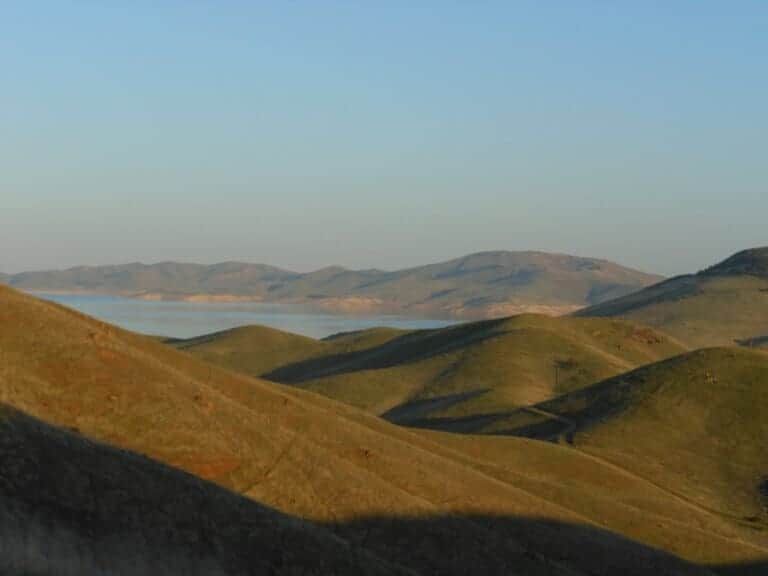

Billions of gallons of water once flowed out of California’s San Joaquin watershed into the Sacramento-San Joaquin Delta each year, helping sustain salmon, Delta smelt and steelhead and a vibrant fishing industry. But in recent years, water demand from agriculture and the state’s burgeoning cities has, at times, reduced the river to as little as 20 percent of historic flows, hurting fish populations.
Now, the state has proposed moving more water from farms and cities to the Delta. In an unprecedented move, the Water Resources Control board voted in December to require water users to leave more water in the lower San Joaquin River to improve water quality and help fish. “This decision represents the water board taking its job to protect the public trust and our fisheries more seriously,” said Regina Chichizola, salmon and water policy analyst for the Institute for Fisheries Resources.
Past cutbacks have focused on users who drew directly from the Delta. Now, for the first time, limits would reach far upstream, hitting water diverters who have never faced such restrictions, even though their usage greatly reduces the Delta’s supply.
The San Joaquin Valley’s powerful irrigation districts would have to reduce the amount they pull from the Stanislaus, Tuolumne and Merced rivers, tributaries of the San Joaquin, by about 15 percent. Increased river flows would lower the Delta’s salinity, helping salmon and other Delta species, proponents say. But the water users, many of whom hold powerful century-old water rights, argue that such a large cutback would harm both farmers and urban residents. San Francisco’s water agency says the city could lose nearly half its supply during droughts.
The state’s plan would require major regulatory changes and is sure to spark legal battles. California Gov. Jerry Brown offered a compromise agreement in December shortly before he left office, urging cities and farms to voluntarily give up water and requiring water agencies to pay for improving habitat and spawning grounds. The deal would increase the flow reaching the Delta by up to 1 million acre-feet — roughly one-third the amount specified in the water board’s plan. Many environmental groups panned the governor’s proposal, saying […]
Full article: California contemplates water for struggling fish
Clean water is essential for life, yet millions of Americans unknowingly consume contaminants through their…
Human brains contain higher concentrations of microplastics than other organs, according to a new study, and the…
From the Office of the Governor: In anticipation of a multi-day, significant atmospheric river in Northern California,…
From Governor Newsom: Scientists, water managers, state leaders, and experts throughout the state are calling…
Photo: A harmful algal bloom in Milford Lake, Kansas, made the water appear bright green.…
An expanded plastic foam coffee cup is at a donut shop in Monterey Park, California.…